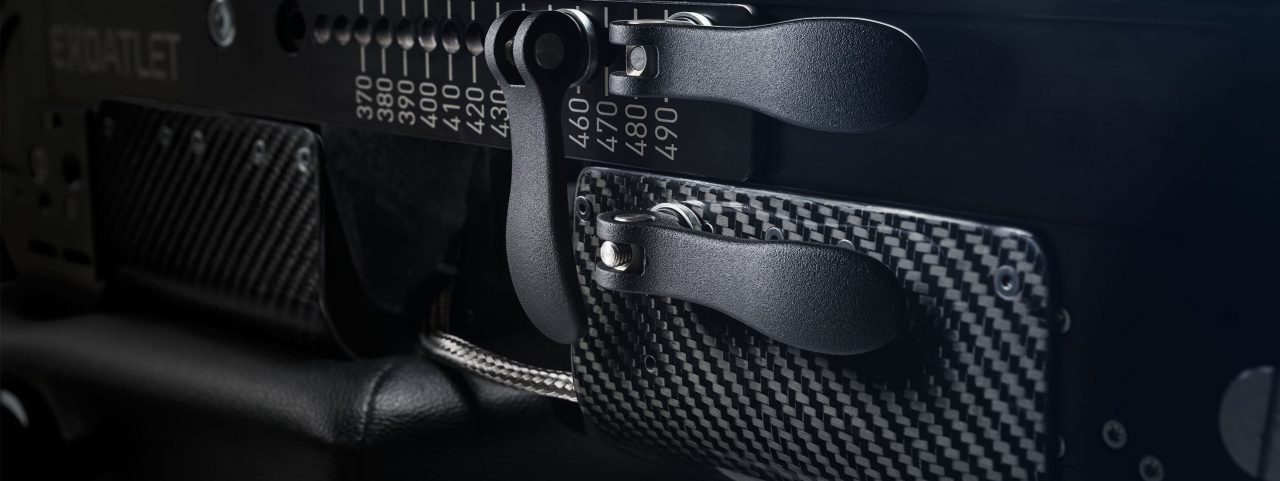
A Luxembourg base for medical exoskeletons
Article. Was originally published at Luxembourg Trade & Invest.There are three strong drivers behind the development of ExoAtlet: innovative research, marketing expertise and a strong wish to help others. The origins of the company can be traced back to a research team at Moscow State University, which developed an exoskeleton for emergency rescue operations in 2011. Two years later, the scientists started collaborating with Mikhail Krundyshev, the former head of the Russian representative office of BBK Electronics, and Ekaterina Bereziy, who had been in charge of the marketing and sales department of a major car retailer. The company ExoAtlet was created with Ms Bereziy as its CEO. It objective was to develop medical exoskeletons.
“I saw directly that the market potential was huge,” remembers Ms Bereziy, who points out that almost one-fourth of the world’s population have disabilities of some kind. And this is where the human values come in. “The pain of the people who can no longer walk is so great. The only thing that can give them back the ability to stand up and walk is an exoskeleton.”
Exoskeleton: regaining the ability to walk
ExoAtlet joined the start-up community of Skolkovo Foundation in Moscow and developed an exoskeleton that is able to help patients with locomotive impairments to their lower limbs regain mobility. “The first results from the clinical trials were fantastic,” says Ms Bereziy. “The recovery started very quickly and the exoskeleton seemed to boost the rehabilitation process. In addition, patients recovered other body functions such as improved blood pressure and increased lung capacity. The impact on their social and emotional well-being was also huge.”
The first results from the clinical trials were fantastic.
The ExoAtlet team quickly realised that in order to sell their products, they had to be able to prove their efficiency. They are therefore working on solutions using biomechanical data to measure how the ability to walk increases and to predict improvement. So far, the exoskeletons have only been sold to hospitals, but the next step will be to make them available at outpatient rehabilitation centres. Doctors can then use telemetric data transmitted via the digital ExoCloud to monitor the patients remotely. “We are dreaming about having non-medical facilities all over the world, close to people’s homes where they could easily train with the exoskeletons several times per week,” Ms Bereziy points out.
